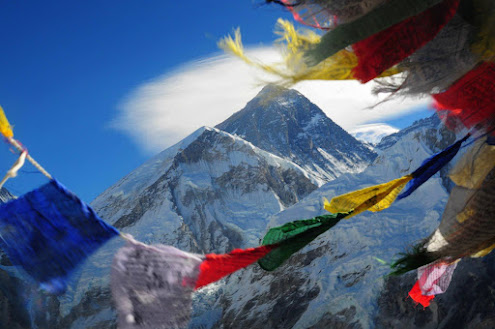Buddhist Prayer Flag: Understanding the Meaning of "Darcho" and Its Color Representation
Buddhist prayer flags, often seen fluttering in the breeze across the Himalayas, are an iconic symbol of Tibetan culture and Buddhist traditions. These colorful flags are more than just decorative; they carry deep spiritual significance. One important aspect of these flags is the concept of "Darcho," which refers to the particular arrangement and meaning behind the colors of the flags.
What is "Darcho"?
"Darcho" refers to the specific order in which the colors of the Buddhist prayer flags are arranged. Each color has its unique symbolism, representing various elements and forces of nature, and they are arranged in a particular sequence to bring balance and harmony to the world.
The Color Representation
- Blue: Representing the sky and space, blue is associated with the element of water and symbolizes peace, calm, and the vastness of the universe. It encourages a sense of serenity.
- White: This color symbolizes purity and wisdom. White is linked to the air element and is considered to bring harmony and protection.
- Red: Representing fire, red is linked to energy, vitality, and life force. It is thought to invoke strength and good fortune.
- Green: Associated with the element of nature, green signifies balance and health. It represents the growth and prosperity that come from the Earth.
- Yellow: Symbolizing the Earth, yellow is seen as a color of stability, nourishment, and grounding. It brings positive energy and abundance.
Significance of Prayer Flags
Each flag is inscribed with sacred mantras and prayers, and when the wind blows through the flags, it is believed that the prayers are carried across the land, bringing blessings, good fortune, and spiritual merit to those who receive them. The colors and design of the flags work together to create a harmonious flow of energy, promoting peace and well-being for all.
Conclusion
Buddhist prayer flags, with their vibrant colors and spiritual meanings, are more than just symbols of culture. The "Darcho" color arrangement plays a crucial role in aligning the elements and energies of the universe, helping practitioners foster harmony and spiritual growth. Whether displayed in the high-altitude regions of Nepal or in Buddhist homes and monasteries, these flags continue to remind us of the interconnectedness of all beings and the importance of spiritual balance.










